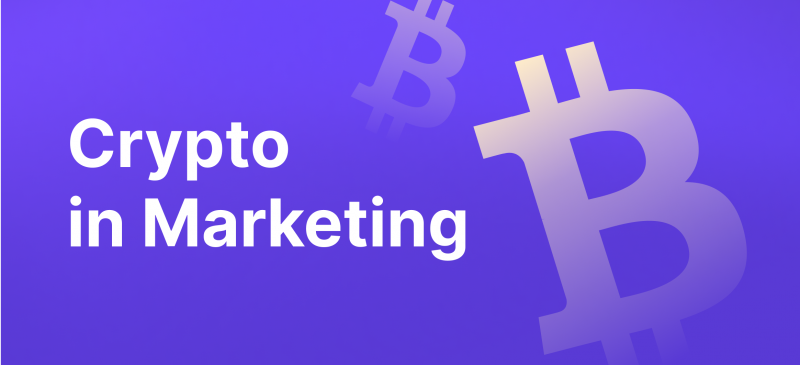Crypto vs Fiat payments. Are cryptocurrencies the next layer of financial evolution?
The world constantly undergoes some changes, moving towards technologies that are more convenient for people and simplify their lives. While talking about the financial system, fiat and crypto are two layers of evolution. 2-3 years ago cryptocurrencies were mostly considered as speculative instruments without future perspectives. What are we having now? Digital assets attract the attention of major players under the leadership of Elon Musk. Is it high time for fiat currencies to be filed away in storage?
The fast-growing boom of cryptocurrencies
The crypto market capitalization surpassed the mark of $1.8 trillion (960% growth compared to January 2020 indexes). Many cryptocurrencies have set new price records, being ready for new challenges. Meanwhile, that is pallid statistics. What about the applicability of digital currencies?
Crypto assets are used as investment instruments, platforms for recent innovations, and means of payments. As for payment instruments, the popularity of digital currencies grows steadily.
Since January 2020, the number of Bitcoin-accepting businesses has skyrocketed by 244%. BTC hodlers get access to diverse categories of merchants, having the opportunity to fulfill all their needs.
The United States heads the ranking of crypto-accepting businesses where more than 25% of companies accept BTC as a payment instrument. UK and Germany enter the list of top-3 countries.
Key pros of crypto payments to implement
Merchants frequently ask themselves why cryptocurrency is better than fiat while talking about payment instruments. The list of principal pros includes:
- Mobile convenient payments. Several clicks, about 20-30 seconds, no bank accounts – and you’ve made a crypto transaction from any part of the Globe.
- Chargebacks are impossible. Since a sender has approved a transaction, there is no return path.
- Minimum fees. While talking about fiat and crypto exchange, the difference is extremely high. Crypto transactions require no third parties; this is why makers’ and takers’ fees only are charged. Nothing changes for international payments.
The full list of benefits is much wider, and merchants understand that crypto payments open new horizons for them.
Cons of crypto payments and how to overcome the hurdles?
Crypto skeptics keep rejecting fast-growing perspectives of cryptocurrencies as payment instruments, accentuating their negative side. Let’s tear apart those cons!
- Digital assets are volatile.
Volatility is among the integral characteristics of cryptocurrencies. Meanwhile, stablecoins backed by fiat money or other values solve the problem. For instance, Tether, the leader of stablecoins, occupies the 11th rank among the most widespread digital assets used for payments. Furthermore, crypto payment gateways offer merchants to accept fiat money directly on their bank accounts.
- Cryptocurrencies have some legitimate problems.
Some countries do not consider digital assets as legal instruments; meanwhile, governments accept the fact cryptocurrencies are inevitable. While developed countries are working on legislative norms and standards, developing countries wait for some samples to control the industry. If to compare cryptocurrency vs fiat markets, digital assets’ popularity skyrockets.
- Crypto payments are difficult to implement.
This statement is true, but merchants may apply to companies offering turnkey solutions. As a result, they get ready-made functionality and new payment options for customers.
Seeking the best solution
The overall number of crypto payment gateways is more than 140; this said, merchants face some choice problems. There are two ways to follow. If you need a good solution to enter the world of crypto payments, deal with any of the gateways. In case you are looking for the best progressive solution to jump your business on a new level, apply to B2BinPay specialists.








